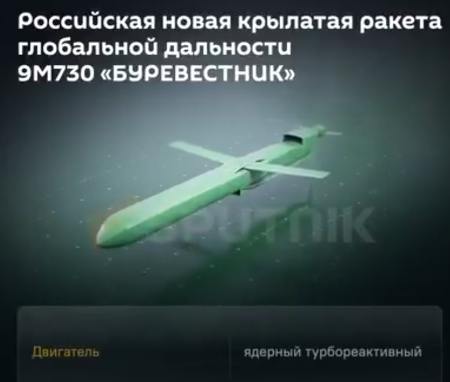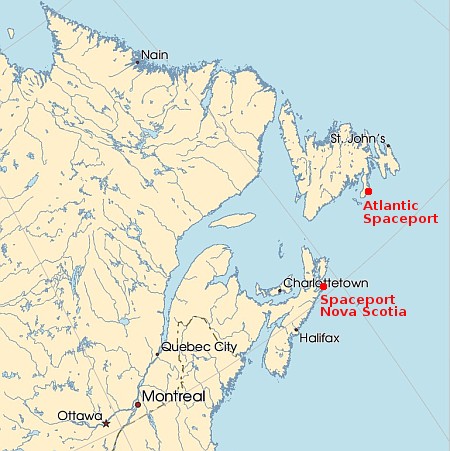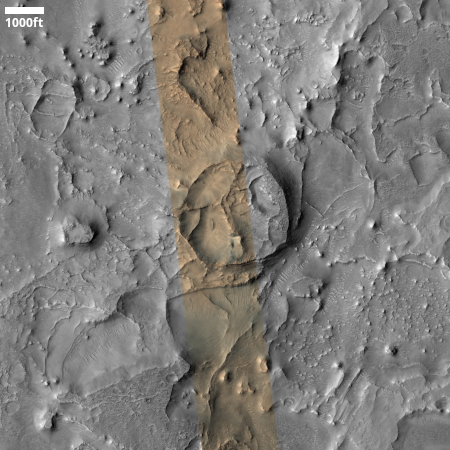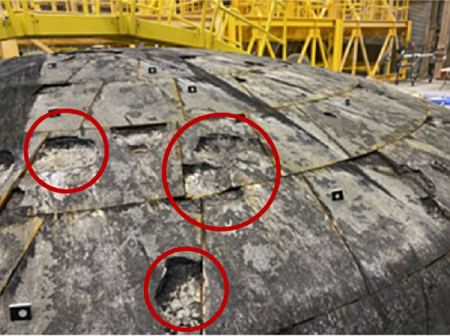SpaceX launches another 28 Starlink satellites
SpaceX yesterday afternoon added another 28 Starlink satellites to its constellation, its Falcon 9 rocket lifting off from Vandenberg in California.
The first stage completed its 17th flight, landing on a drone ship in the Pacific. This launch — as will every SpaceX launch for the rest of the year — also set a new annual launch record for both American and SpaceX.
The leaders in the 2025 launch race:
140 SpaceX
65 China
13 Russia
13 Rocket Lab
SpaceX now leads the rest of the world in successful launches, 140 to 107.
SpaceX yesterday afternoon added another 28 Starlink satellites to its constellation, its Falcon 9 rocket lifting off from Vandenberg in California.
The first stage completed its 17th flight, landing on a drone ship in the Pacific. This launch — as will every SpaceX launch for the rest of the year — also set a new annual launch record for both American and SpaceX.
The leaders in the 2025 launch race:
140 SpaceX
65 China
13 Russia
13 Rocket Lab
SpaceX now leads the rest of the world in successful launches, 140 to 107.









